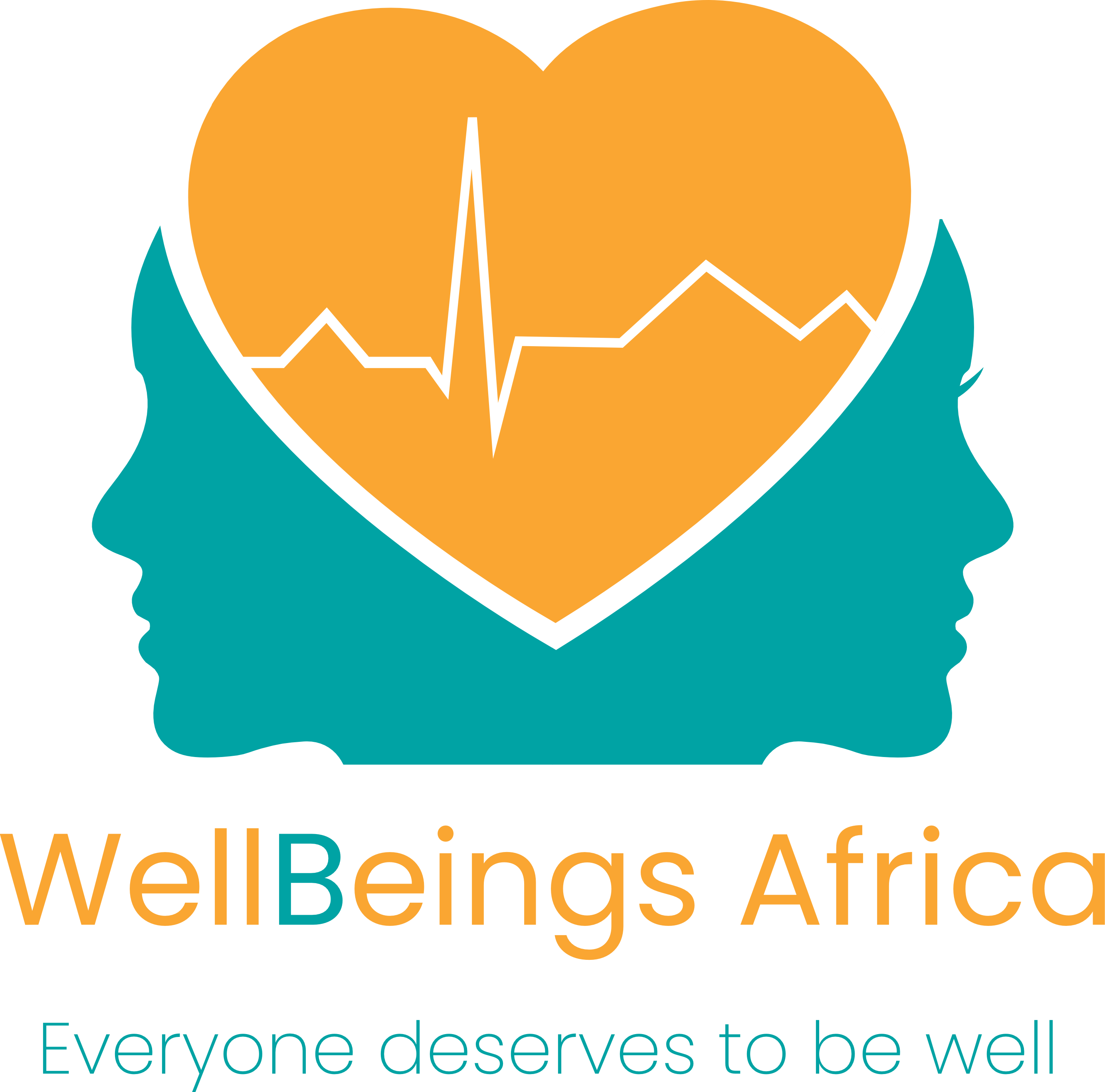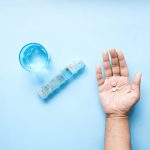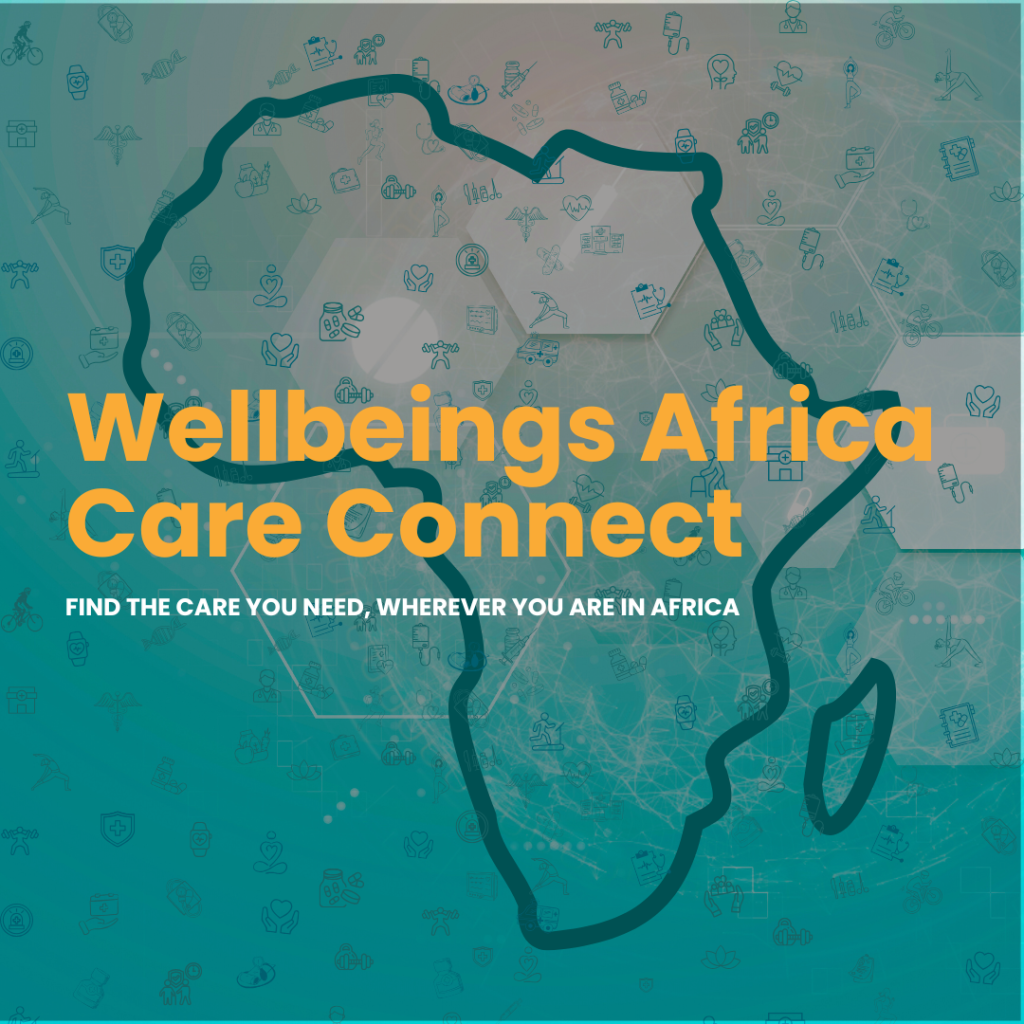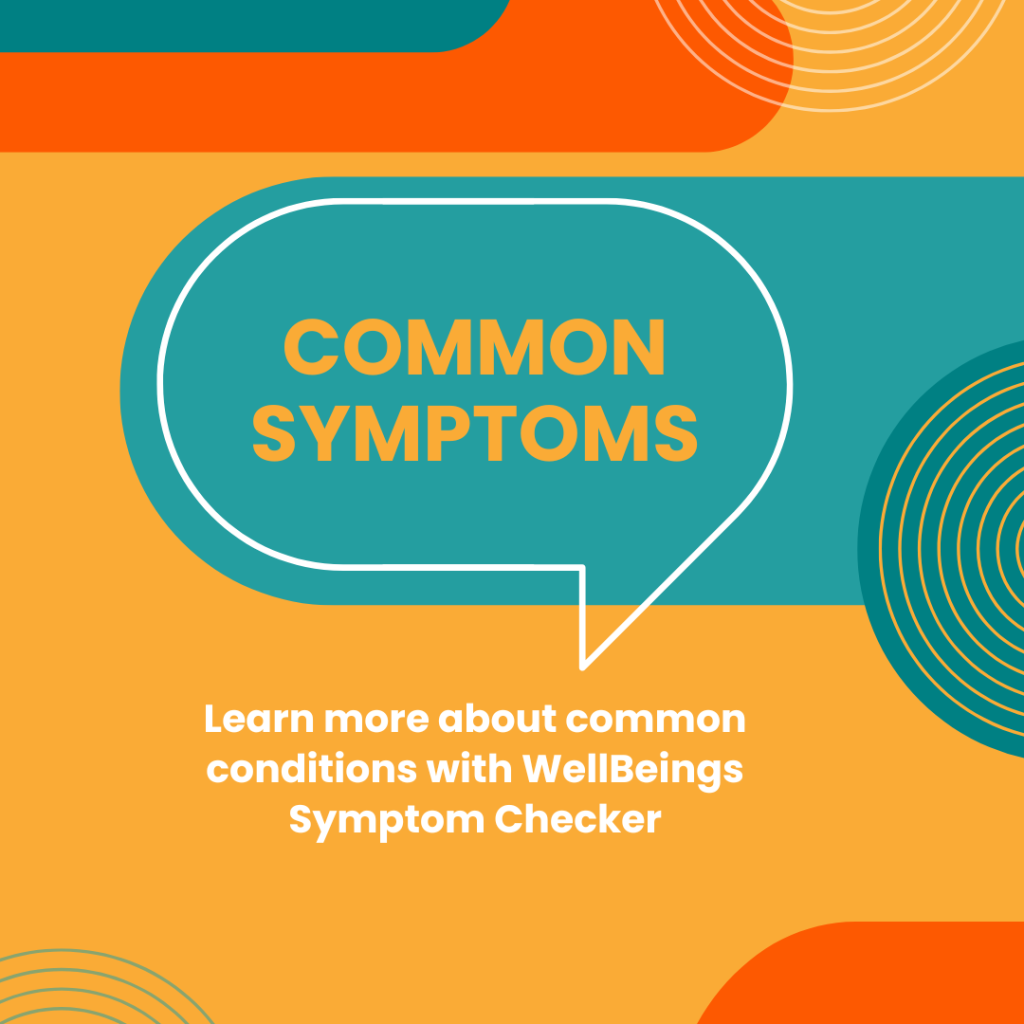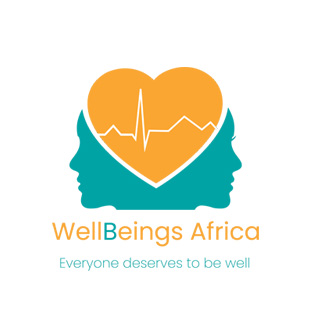Knowing when and how to get tested for TB is one of the most important steps in protecting yourself
We know that tuberculosis (TB) is a critical health issue across Africa, yet it still doesn’t quite get the attention it deserves. Despite affecting millions each year, TB often falls behind in the news as other diseases take precedence. Which makes it all the more vital to know the symptoms of TB and get tested, if necessary.
Testing for TB
The lungs are the most vulnerable to tuberculosis, but this disease may also spread to other parts of the body. Here’s a simple guide on TB testing and some safety tips.
Is TB testing important?
Yes. The problem is that TB spreads quite easily. It’s an airborne virus, meaning that it travels through the air. So, an infected person can spread TB just by coughing, sneezing, or talking. If you live in a crowded area or you’re constantly exposed to a TB patient, it’s a good idea to get tested for TB. Another worrying thing about TB is that it can stay hidden in the body without symptoms, but it might become active later, especially if your immune system is weak. Regular testing can catch it early before it becomes a bigger problem.

Common signs of TB
Here are some common signs of TB. If you notice any of these, consider getting tested:
- A long-lasting cough is one of the main symptoms.
- If you feel discomfort in your chest, especially when you breathe deeply or cough.
- This can be a more advanced symptom of TB.
- TB often causes fatigue and unexpected weight loss.
How is TB testing done?
If you think you might have TB, getting tested is simple. Here are the main ways doctors or nurses check for TB:
Sputum test: This is the most common TB test. You’ll be asked to cough up a small amount of sputum (spit) into a cup. This sample is tested in a lab for TB bacteria. Results usually come back in a few days.
Chest X-Ray: Sometimes, a chest X-ray is taken to look at your lungs. TB can cause certain changes in the lungs, and these show up on an X-ray.
Skin test: For children or people who might be newly exposed to TB, a skin test is common. The nurse places a small amount of test fluid under the skin, usually on the arm. After a few days, they’ll check for any reaction. A reaction can suggest TB, and further tests are done to confirm it.
Blood test: In some cases, a blood test may be done to check for TB, especially if the other tests don’t give clear results.
Help at hand
TB tests are quick and don’t usually require any special preparation. For a sputum test, you’ll just need to provide a sample. For a skin test, you’ll be asked to return to the clinic a few days later to check for a reaction. A chest X-ray is also painless, although it involves holding still for a few moments.
If you test positive for TB, don’t panic. TB is treatable, and the sooner you start treatment, the better. The course of antibiotics usually lasts six months. It’s very important to finish all the medication, even if you start feeling better. This prevents the TB bacteria from becoming resistant to the drugs, which would make it harder to treat.
Testing is important and so is staying safe to avoid getting TB or spreading it if you have it:
- Wear a mask if you have symptoms like a cough. This helps protect others from infection.
- Keep windows open to let in fresh air, which can reduce the concentration of bacteria in the air.
- When coughing or sneezing, cover your mouth with a tissue or your elbow to prevent spreading germs.
- If you have TB or are waiting for test results, try not to be around too many people until you know you’re not contagious.
- If someone in your family has TB, or if you live in a crowded area where TB is common, regular check-ups can catch TB early.
Images: Freepik
